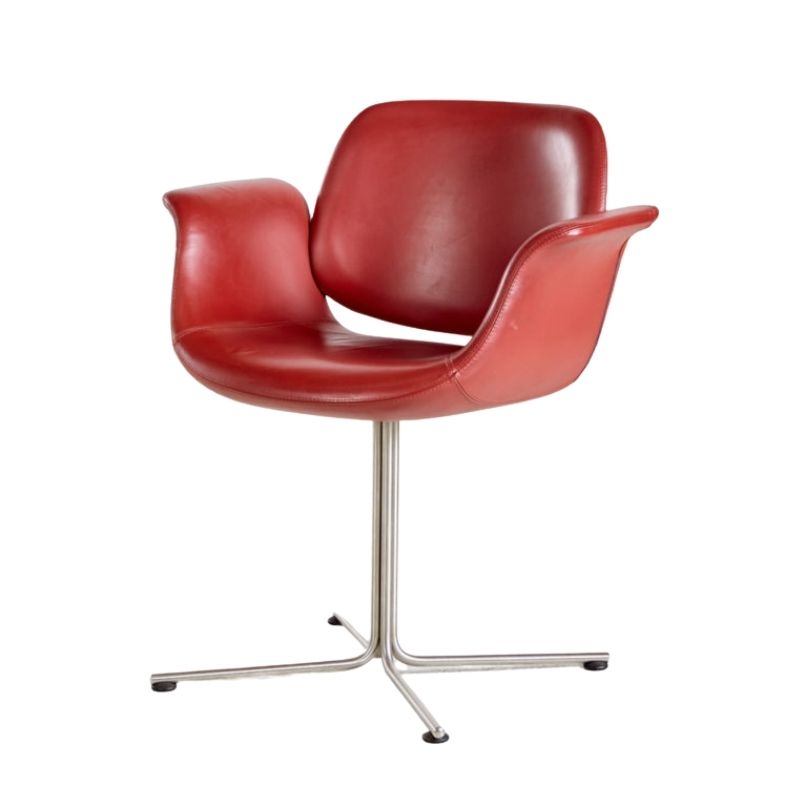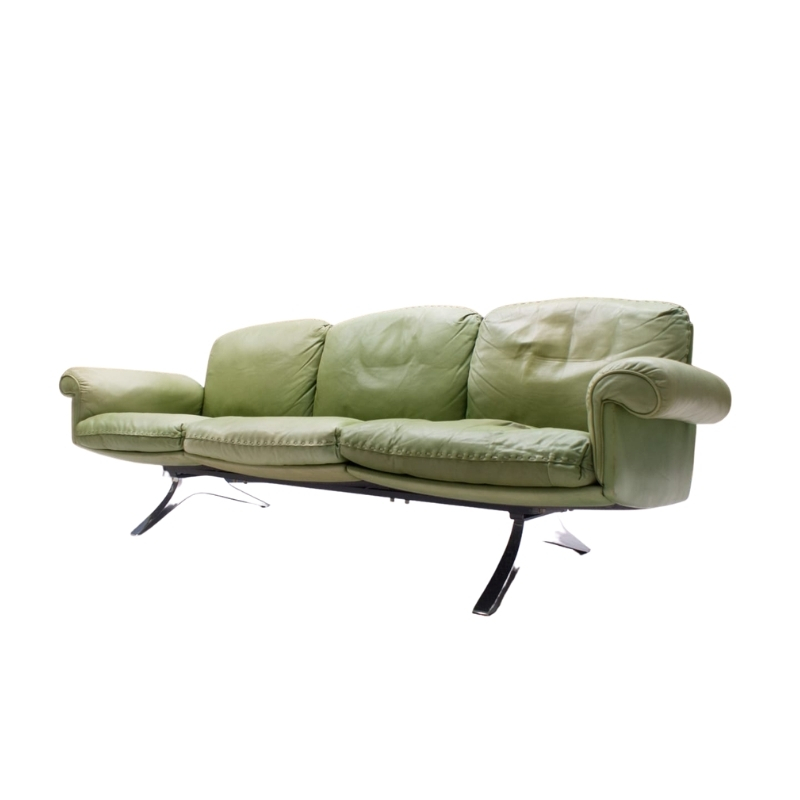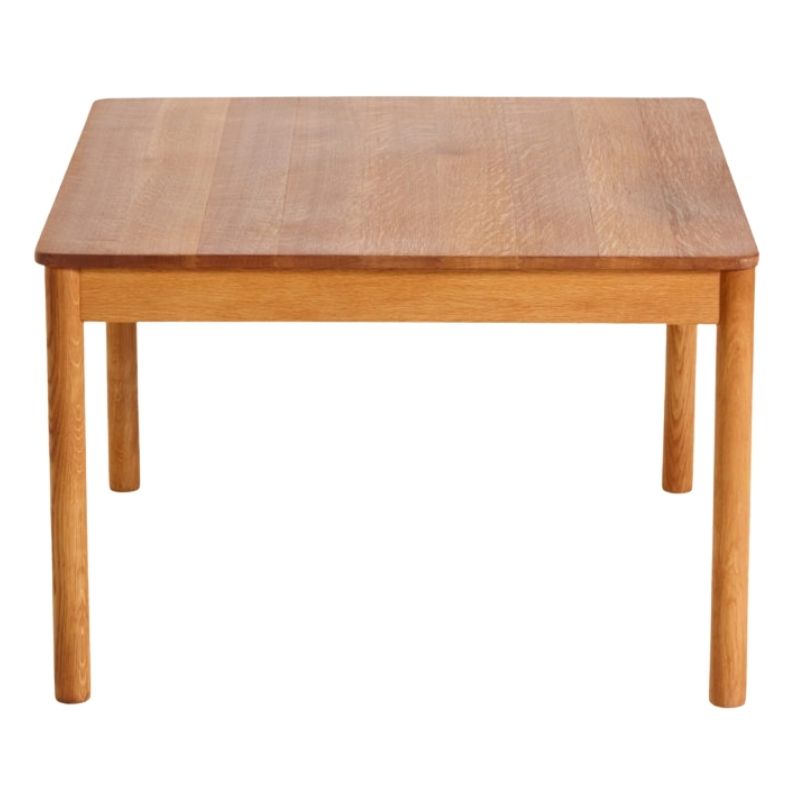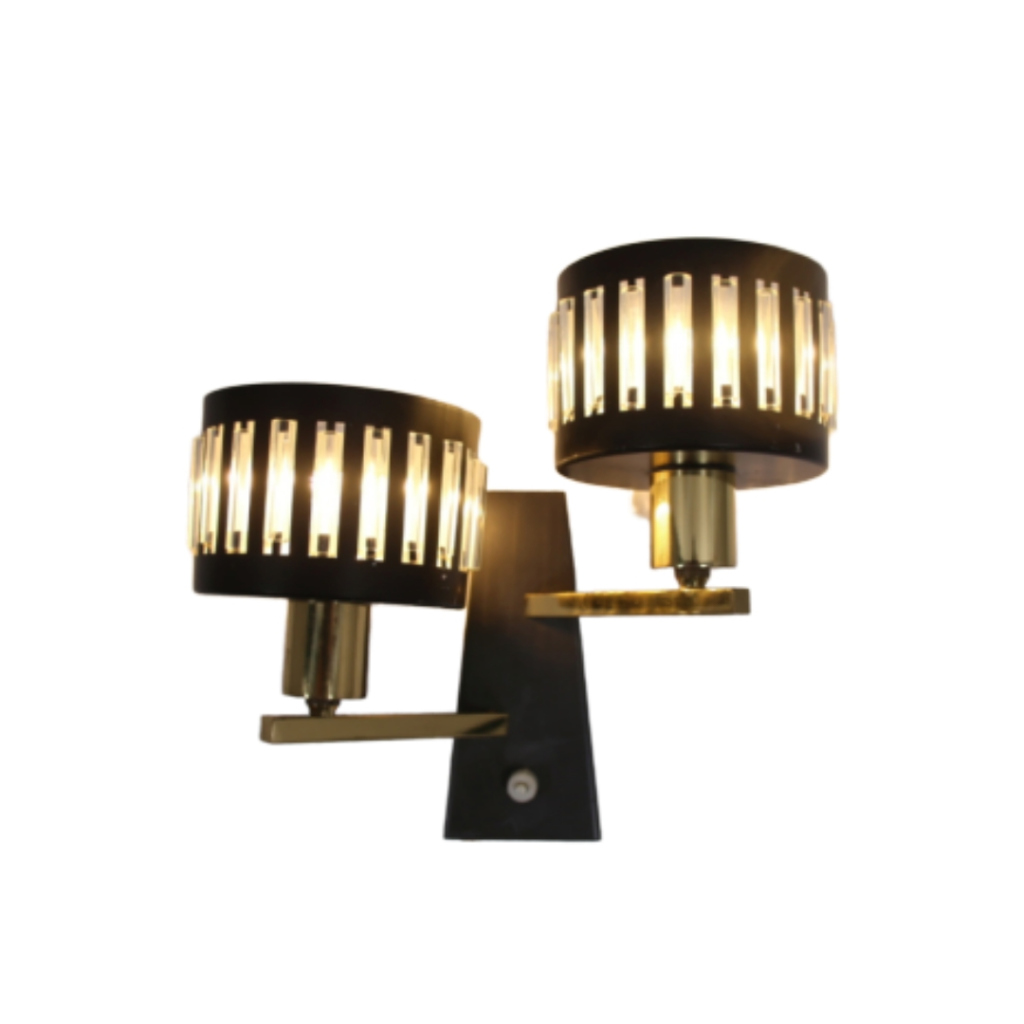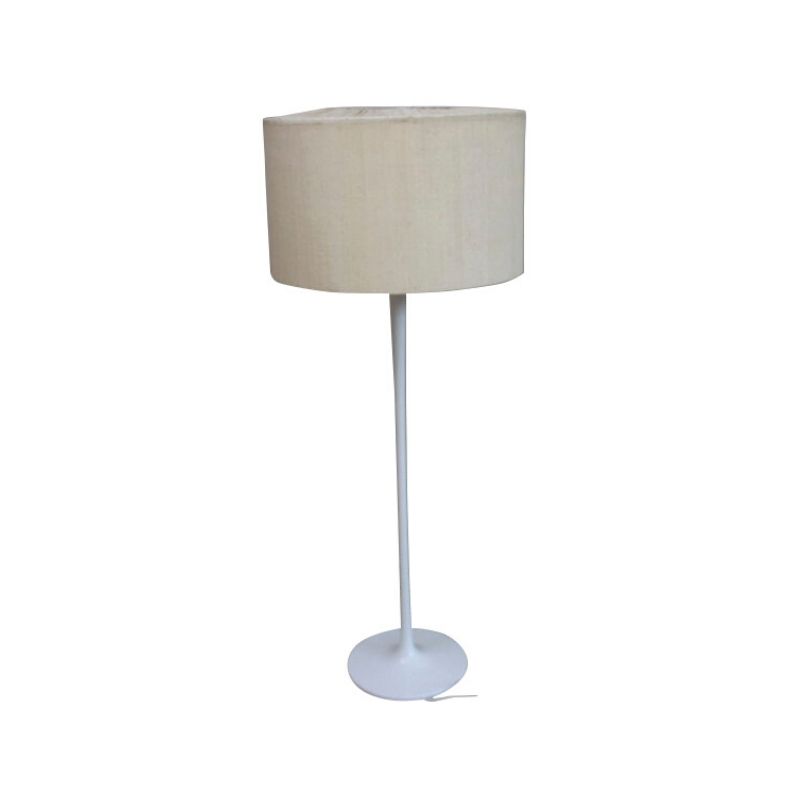I love when I see photos of houses filled with Mid Century classics, and I can't help but wonder whether they go all out for full priced products, or if there is some source I am not aware of.
I know thrift stores are often recommended, but my area lacks in that department, and the only thrift stores around tend to carry products that were recently bought at local stores.
The two things I really want at the moment are an Akari bee hive table lamp, and a white Eames Dsr, but I would very much like to start a collection of classic furniture/ lighting.
Also, junky auctions where...
Also, junky auctions where no one else knows what the stuff is. (Good luck. Actually, good luck on all of it. It's a lot of work and for every great find posted here, there are inevitably many, many long hours and miles logged and much frustration with no results whatsoever.)
You can also trade upwards. ...
You can also trade upwards. I got a bunch of nice things that way. Buy some ok stuff for cheap, clean it up and make it look nice, sell it for a little bit more, roll that over into something a little better. Lather, rinse, repeat until you have what you want.
The fun thing is that sometimes you end up with stuff you like more than what you thought you wanted in the first place.
.
Thanks for the responses, but to the people that think my question is common knowledge...I understand what you are saying, I need to research ways to find what I want etc. I understand the task of finding anything is subject to a mere google search. What I should really ask is how you know you are buying something authentic. Are there books, websites that give you exact information about labels/shapes?
I realize that can be subject to a google search as well, but what are some ACTUAL sources for information that can verify a products authenticity? I would prefer not to ask such a question every time I buy something from a questionable person/place. It would be nice to be an actual expert.
.
It helps to learn the dimensions and details (number of plies, screws, type of plastic, thickness of glass, end cap style, radius of an edge, thickness of foam etc) of the licenced productions...then its not a big deal to make a comparison, all you have to do is spend a few days or longer in a library, buy some books, visit the shops that sell the real deal and visit exhibitions.
Not to be unpleasant but the knowledge and furniture you want won't come to you on a platter, there is rarely a definitive source of knowledge and thats a good thing.
This and all the Taschens would be a good place to start.
http://www.amazon.com/Masterpieces-Vitra-Design-Museum-Collection/dp/398...
You can easily do your own co...
You can easily do your own comparisons online. There are plenty of sites that sell fakes and plenty that sell the real thing. Do screen caps of photos taken from similar angles and compare every detail big and small. I learned a lot this way.
Books are good, too, though. Good design books are a pleasure until themselves that google searches will never replace.
If you don't have architect o...
If you don't have architect or interior design friends, you can hire them for just the purpose of ordering furniture. There are plenty of people you can find online who will place the order and get a trade discount but take a percentage of the retail price as payment for this service.
here's a trader's...
here's a trader's tip...furniture dealers get half off manufacturer's price because they buy in bulk...befriend a dealer and maybe he'll buy one for you at a dealers price...but seriously, browse the internet everyday and you can get lucky, with the onset of the internet, somethings that were rare aren't anymore...and don't miss any thrift stores, alwyas go to estate sales or yard sales.
Echoing Ty's response
Friends often ask how I find all this great design at second hand stores and garage sales. The answer I always give is to "know what it is when you see it." In other words, do your homework. If you can't recognize a piece by drawer drawer pull or foot, you'll miss the bargains.
Second, don't obsess over brand name designers. Not all the great designers of the 20th Century became household names.
It's true
Knowledge is your best ally. I have walked into dozens of shops where there are gorgeous vintage pieces up for grabs for pennies. To avoid the appearance of bragging these are a few of the designs I did NOT buy (mostly because I ran out of space)
1960s 3 Leg Ant Chair - tagged for $50 as "retro chair"
2 McCobb Iron & bentwood chairs - $100/pair
2 Ib Kofod Larsen shell lounges - $60 each (kicking myself for passing on those!)
6 Moller 56 & 75 chairs in teak - $100 each
2 McCobb Spindle back chairs - $35 each
Knoll 4 space credenza for $400
Bertoia small Diamond for $150
These were all things spotted in shops where the owner had no idea what they were. As my boss is fond of saying: Luck is being prepared.
If you need any help, please contact us at – info@designaddict.com




